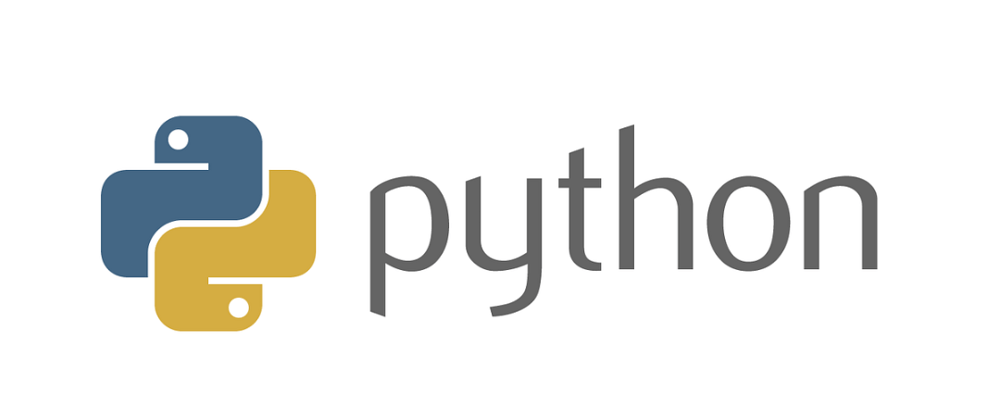If you're interested in learning a versatile and widely-used programming language, Python is an excellent choice. Known for its readability and simplicity, Python is a popular language for beginners and experienced developers alike. In this article, we'll take the first steps into the world of Python.
Installing Python
Before you can start programming in Python, you need to install it on your system. Fortunately, Python installation is straightforward. Follow the steps below:
Visit the official Python website at python.org.
Download the latest version of Python for your operating system (Windows, macOS, or Linux). You'll typically want to download Python 3.x as it's the latest stable version.
Run the installer and follow the instructions.
Verify the installation by opening your terminal or command prompt and running the following command:
python --version
If you see the Python version, the installation was successful.
Hello, World in Python
Now that you have Python installed, let's create a simple "Hello, World!" program to get familiar with the language's syntax. Open your favorite code editor and create a file named hello.py. Add the following code:
print("Hello, World!")
After saving the file, open the terminal or command prompt and navigate to the directory where you saved it. Execute the program with the following command:
python hello.py
You will see the message "Hello, World!" printed in the terminal.
Variables and Data Types
Python is dynamically typed, which means you don't need to declare the type of a variable explicitly. Here's an example of declaring variables in Python:
# Variable declaration
name = "Alice"
age = 30
# Print the variables
print("Name:", name)
print("Age:", age)
In this example, we declared two variables, name and age, and assigned values to them. Python infers the variable types automatically.
Control Structures
Conditionals
Python allows you to use conditionals to control the flow of your program. Here's an example of an if conditional structure:
age = 18
if age >= 18:
print("You are of legal age.")
else:
print("You are a minor.")
In addition to if and else, you can also use elif to test multiple conditions.
Loops
Python provides various types of loops, including for and while. Here's an example of a simple for loop:
for i in range(5):
print(i)
You can also use a for loop to iterate over elements in a list or other iterable.
Functions
Functions in Python are easy to define. Here's an example:
def add(a, b):
return a + b
result = add(5, 3)
print("5 + 3 =", result)
Modules and Packages
Python has a rich ecosystem of modules and packages that you can import to extend its functionality. For example, to work with dates, you can import the datetime module:
import datetime
current_date = datetime.date.today()
print("Today's date:", current_date)
Concurrency
Python has support for concurrency, although it uses a Global Interpreter Lock (GIL), which can limit true parallelism. However, you can use the threading and multiprocessing modules for concurrent programming. Here's a basic example using threads:
import threading
def print_numbers():
for i in range(5):
print(i)
def print_letters():
for letter in 'abcde':
print(letter)
# Create two threads
t1 = threading.Thread(target=print_numbers)
t2 = threading.Thread(target=print_letters)
# Start the threads
t1.start()
t2.start()
# Wait for both threads to finish
t1.join()
t2.join()
Data Structures
Lists
Lists are a fundamental data structure in Python that allow you to store sequences of elements. Here's an example:
# Creating a list of integers
numbers = [1, 2, 3, 4, 5]
# Adding an element to the list
numbers.append(6)
# Iterating over the list
for num in numbers:
print(num)
Dictionaries
Dictionaries are another important data structure in Python, allowing you to create key-value associations. Here's an example:
# Creating a dictionary of ages
age_by_name = {
"Alice": 30,
"Bob": 25,
"Carol": 35
}
# Accessing values in the dictionary
print("Alice's age:", age_by_name["Alice"])
# Adding a new entry
age_by_name["David"] = 28
# Iterating over the dictionary
for name, age in age_by_name.items():
print(name, "is", age, "years old")
Libraries and Frameworks
Python has a vast collection of libraries and frameworks that can simplify development in various domains. Some popular examples include:
- Django: A high-level web framework for building web applications.
- NumPy: A library for numerical computing, particularly useful in data science and scientific computing.
- Pandas: A library for data manipulation and analysis.
- Matplotlib: A library for creating data visualizations and plots.
- Requests: A library for making HTTP requests.
Error Handling
Python allows you to handle errors using try and except blocks. Here's an example:
def divide(a, b):
try:
result = a / b
return result
except ZeroDivisionError as e:
return str(e)
result = divide(10, 2)
print("Result of division:", result)
result = divide(10, 0)
print("Result of division:", result)
Unit Testing
Python has built-in support for writing unit tests using the unittest module. Here's a simple example:
import unittest
def add(a, b):
return a + b
class TestAddition(unittest.TestCase):
def test_add_positive_numbers(self):
result = add(2, 3)
self.assertEqual(result, 5)
if __name__ == "__main__":
unittest.main()
Advanced Concurrency
As mentioned earlier, Python supports concurrency through the threading and multiprocessing modules. Additionally, you can use libraries like asyncio for asynchronous programming.
Web Development
Python is widely used for web development, thanks to frameworks like Django and Flask. You can build everything from simple websites to complex web applications using Python.
Conclusion
Python is a versatile and beginner-friendly programming language that can be used for a wide range of applications, from web development to data analysis and scientific computing. As you continue your journey in Python, you'll discover its extensive libraries and active community support.
Keep learning, practicing, and exploring real-world projects to enhance your skills in Python. Good luck with your Python programming endeavors!







Top comments (0)